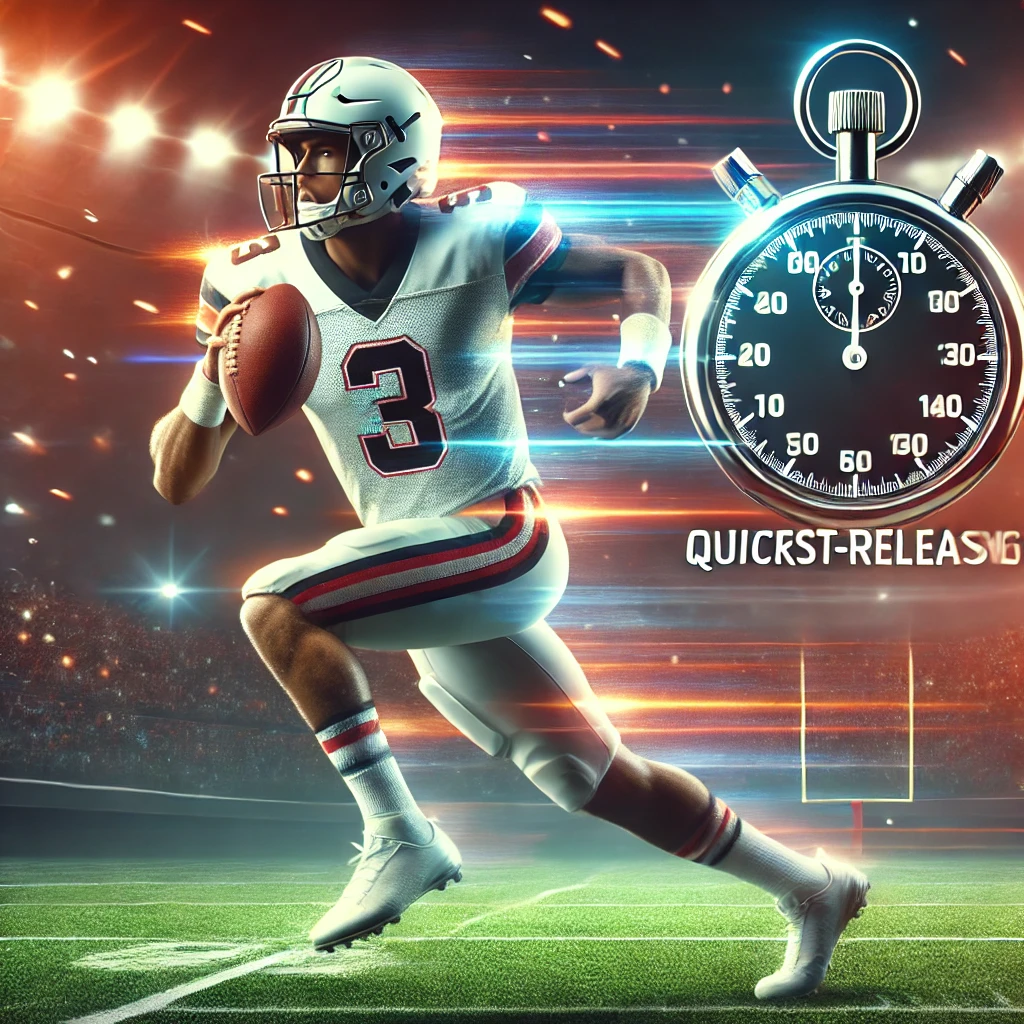
Why Pathological Liars Believe They Always Tell The Truth
Why do some people lie so often—and still feel honest? This article dives into the psychology, brain chemistry, and emotional survival mechanisms behind pathological lying.
When you make purchases through our links we may earn a small commission.

Photo Credit: instagram.com/thesmokingchair
When people hear the phrase “five drinks a day,” it often conjures images of excessive alcohol consumption, impaired judgment, and long-term health consequences. However, science tells us that how one drinks is just as important—if not more so—than how much. Enter the slow drinker, an individual who consumes alcohol at a measured pace, allowing their body to metabolize it steadily. In this article, we’ll explore the physiological effects of slow drinking, its impact on blood alcohol content (BAC), and why this style of consumption may not be as harmful as one might assume.
To understand the science of slow drinking, we first need to look at how the body metabolizes alcohol. When alcohol is consumed, it enters the bloodstream through the stomach and small intestine. From there, the liver takes over, breaking down ethanol at an average rate of 0.015% BAC per hour. This means that, no matter how much you drink, the body can only process alcohol at a steady rate.
When drinking quickly or in large quantities (e.g., binge drinking), alcohol accumulates in the bloodstream faster than the liver can metabolize it, leading to high BAC levels, increased intoxication, and a greater risk of alcohol poisoning. However, when alcohol is consumed slowly, the body is given time to metabolize much of the intake before the next drink is introduced, preventing extreme BAC spikes.
Let’s take the case of an individual who enjoys alcohol in a controlled, slow-drinking pattern. This person consumes half a shot of whiskey (0.75 oz of 40% ABV liquor) every 45 minutes, mixed with ice and a sugar-free soda, over a nine-hour period from 3 PM to midnight.
Total drinks consumed: ~12 (each being only half a standard shot)
Total alcohol intake: ~6 standard drinks
Drinking rate: Since each drink contains only half a shot, it takes 1.5 hours to consume the equivalent of one standard alcoholic beverage
Peak BAC: Remains effectively at 0.00% due to the balance between alcohol intake and metabolism, as the body is able to process the alcohol at nearly the same rate it is consumed, preventing accumulation.
By pacing their drinking this way, this individual’s BAC never spikes drastically. Instead, it rises gradually and then declines, as alcohol is metabolized in real-time. This contrasts sharply with someone who drinks the same total amount in a short period (e.g., 3-4 drinks in an hour), where BAC can climb to dangerous levels exceeding 0.15% or higher.
Several key factors make slow drinking fundamentally different from other drinking styles:
Steady Metabolism Prevents High BAC Levels
Because alcohol is introduced into the system at a measured pace, the body eliminates a significant portion before the next drink is consumed.
Instead of experiencing extreme peaks in intoxication, BAC remains at moderate levels, reducing risk.
Lower Risk of Cognitive & Motor Impairment
Rapid alcohol intake leads to impaired coordination, slurred speech, and poor decision-making.
Slow drinkers experience a more subtle, controlled effect, avoiding extreme intoxication symptoms.
Less Strain on the Liver & Overall Health
The liver works at a constant rate and is not overwhelmed with excess alcohol.
Unlike binge drinking, which can increase liver fat accumulation and stress the organ, slow drinking minimizes these risks.
Hydration & Dilution Help Mitigate Effects
Slow drinkers often consume drinks mixed with water, soda, or ice, increasing hydration.
Dehydration is a major factor in hangovers, and increased liquid intake reduces this likelihood.
Psychological & Social Benefits
Slow drinking fosters a more enjoyable, social experience, akin to Mediterranean cultures where alcohol is consumed over long meals.
There is no rush to intoxication, reducing the potential for reckless behavior.
While this drinking pattern is far less harmful than binge drinking, it’s still important to recognize that daily alcohol consumption carries risks. The CDC and health organizations generally recommend keeping alcohol intake moderate—defined as two drinks per day for men and one for women. Regular alcohol consumption, even at a slow pace, may still contribute to increased blood pressure, liver strain, and cognitive decline over time.
However, in comparison to binge drinking or heavy daily consumption, slow drinking is significantly less harmful. It allows the body to process alcohol efficiently, reduces intoxication effects, and minimizes the risks associated with alcohol poisoning and dependency.
Drinking five drinks a day might sound concerning, but context matters. If those drinks are spaced out, diluted, and consumed in moderation, their impact is far different from traditional heavy drinking. The slow drinker is not chasing intoxication but rather enjoying alcohol in a mindful, controlled manner that keeps BAC at manageable levels.
Ultimately, moderation and awareness are key. By understanding the science behind alcohol metabolism, individuals can make more informed choices about their drinking habits. The slow drinker exemplifies a more balanced approach, where enjoyment and responsibility go hand in hand.
You’ll get more articles like this – and our favorite promotional offers delivered straight to your inbox.
By submitting this form you agree to our terms and conditions. You can unsubscribe at any time.

Why Pathological Liars Believe They Always Tell The Truth
Why do some people lie so often—and still feel honest? This article dives into the psychology, brain chemistry, and emotional survival mechanisms behind pathological lying.

2025 NFL Draft: Ranking the Fastest-Releasing Quarterbacks
Which 2025 NFL Draft quarterbacks get the ball out the fastest? This in-depth analysis ranks the top prospects by average time to throw, highlighting strengths, weaknesses, and how quick decision-making impacts their draft stock.

If You Can’t Afford $9 to Drive Around Manhattan, You Can’t Afford to Drive Around Manhattan
Congestion pricing has finally untangled Manhattan’s gridlock, saving time for commuters and clearing the air. If $9 a day feels unaffordable, it might be time to rethink whether city driving is practical.

BREAKING: IRS UNCOVERS TRILLIONS IN UNPAID TAXES FROM WEALTHY ELITES
A shocking IRS report exposes massive tax evasion among the ultra-wealthy, with trillions in unpaid taxes over the past decade. Lawmakers demand urgent action.

The F-Files: Unmasking the Misidentification of a Fallen Pilot
When tragedy strikes, misinformation spreads fast. A viral wave of false claims misidentified a fallen Black Hawk pilot, linking her to a transgender woman and a former White House aide. This F-Files investigation breaks down the truth, the logical fallacies used, and the dangers of unchecked social media narratives.

The D Files: Haley’s Role Model
Did Nikki Haley really call Hillary Clinton her “role model”? A political ad says yes—but the truth tells a different story. This fact-check uncovers the selective editing, logical fallacies, and the role of social media in distorting political narratives.